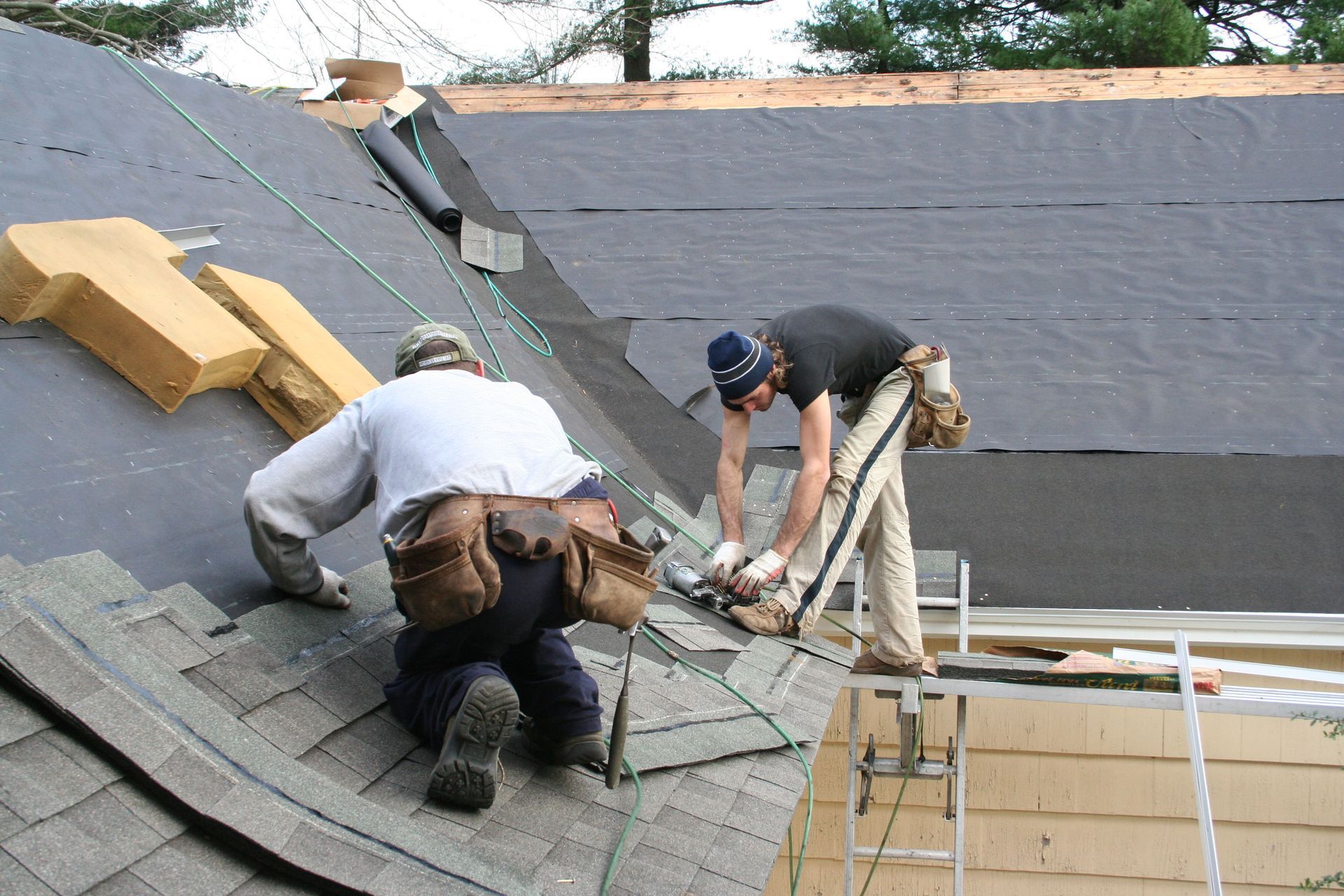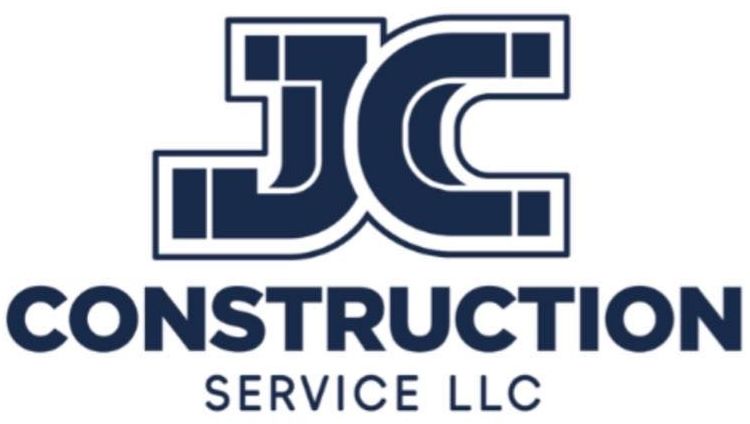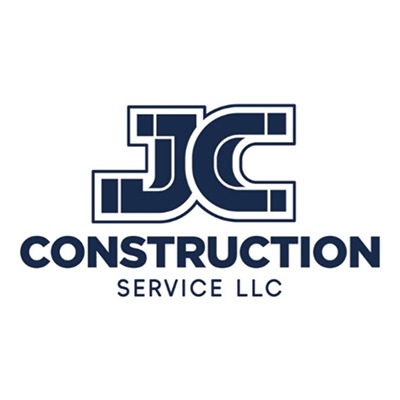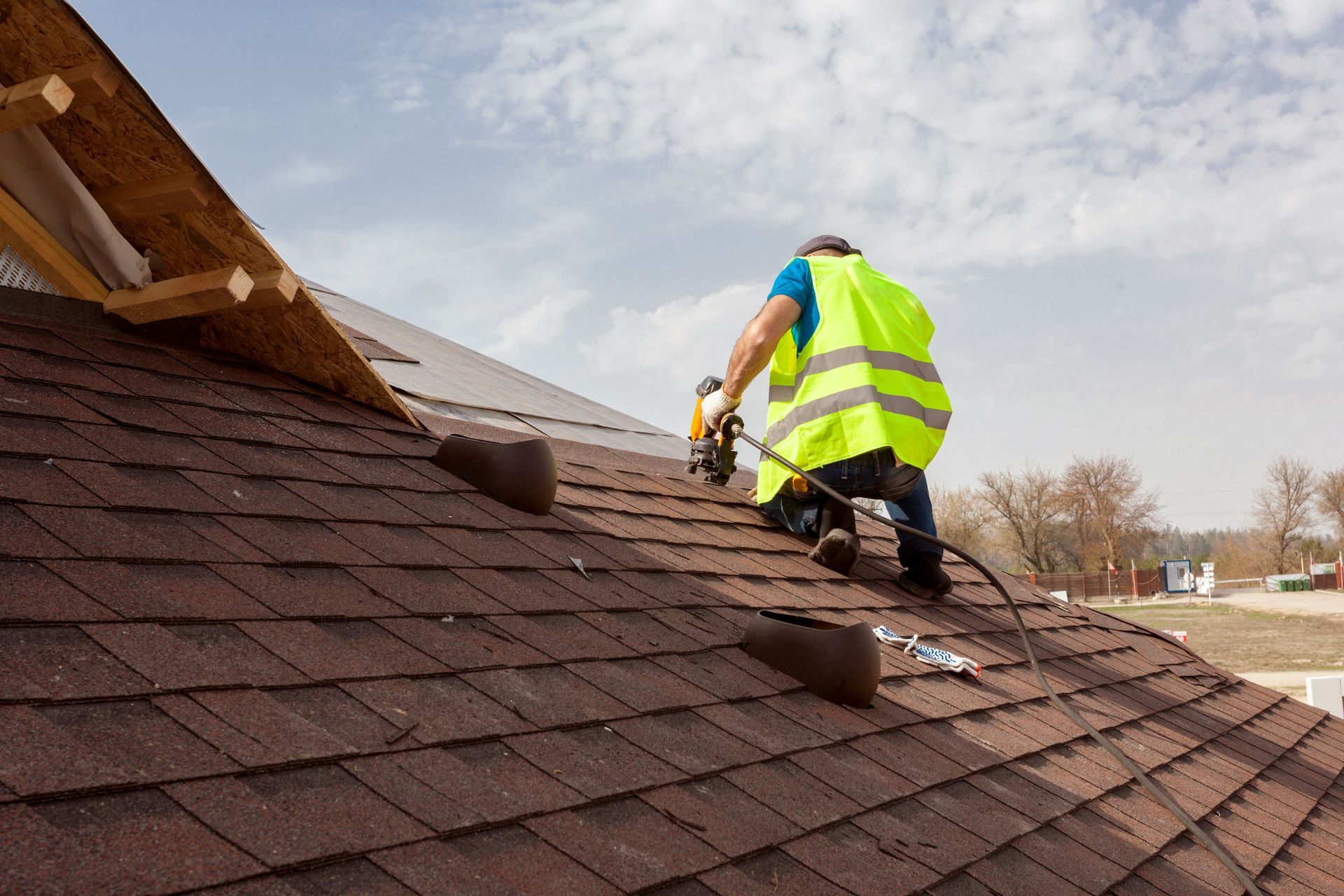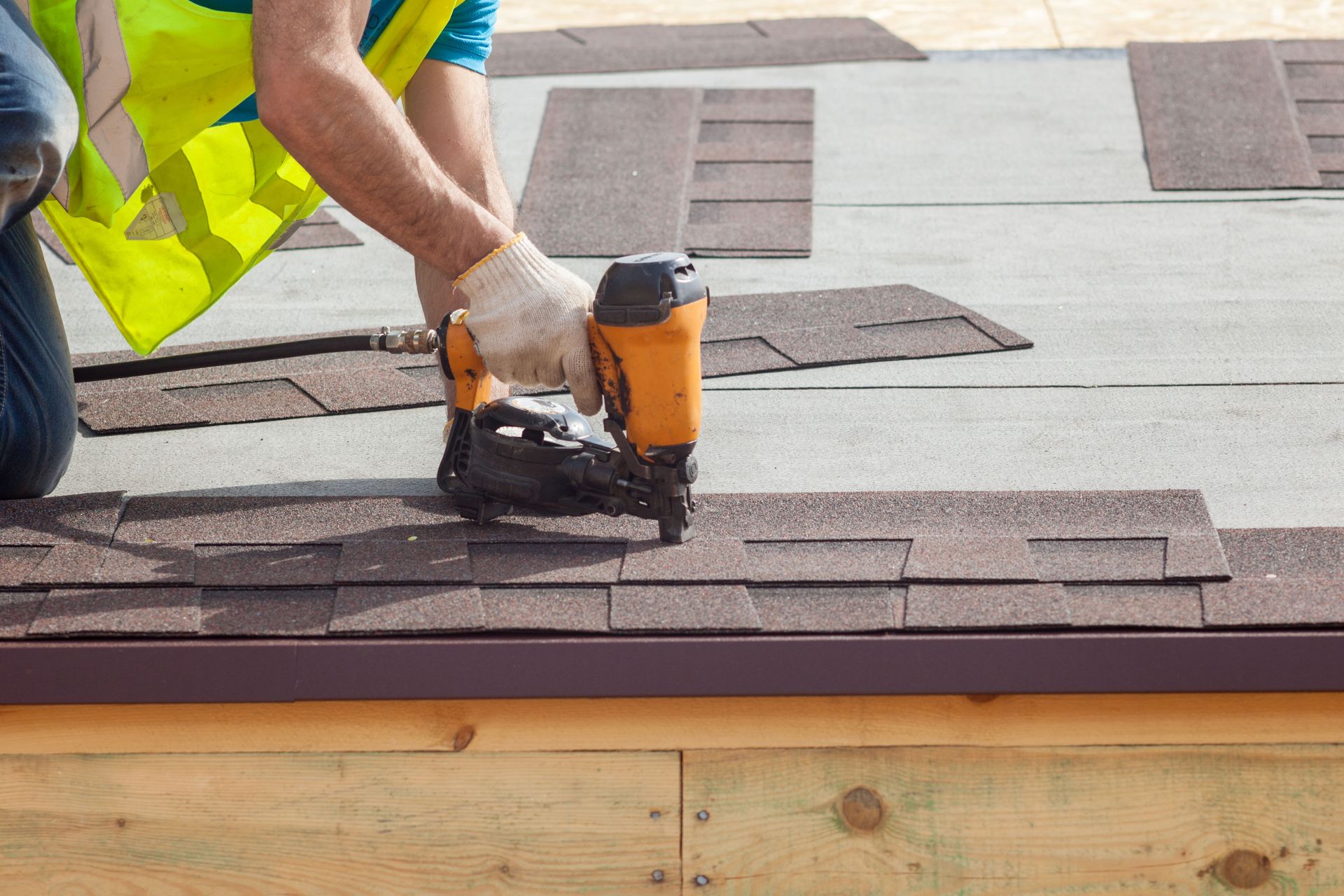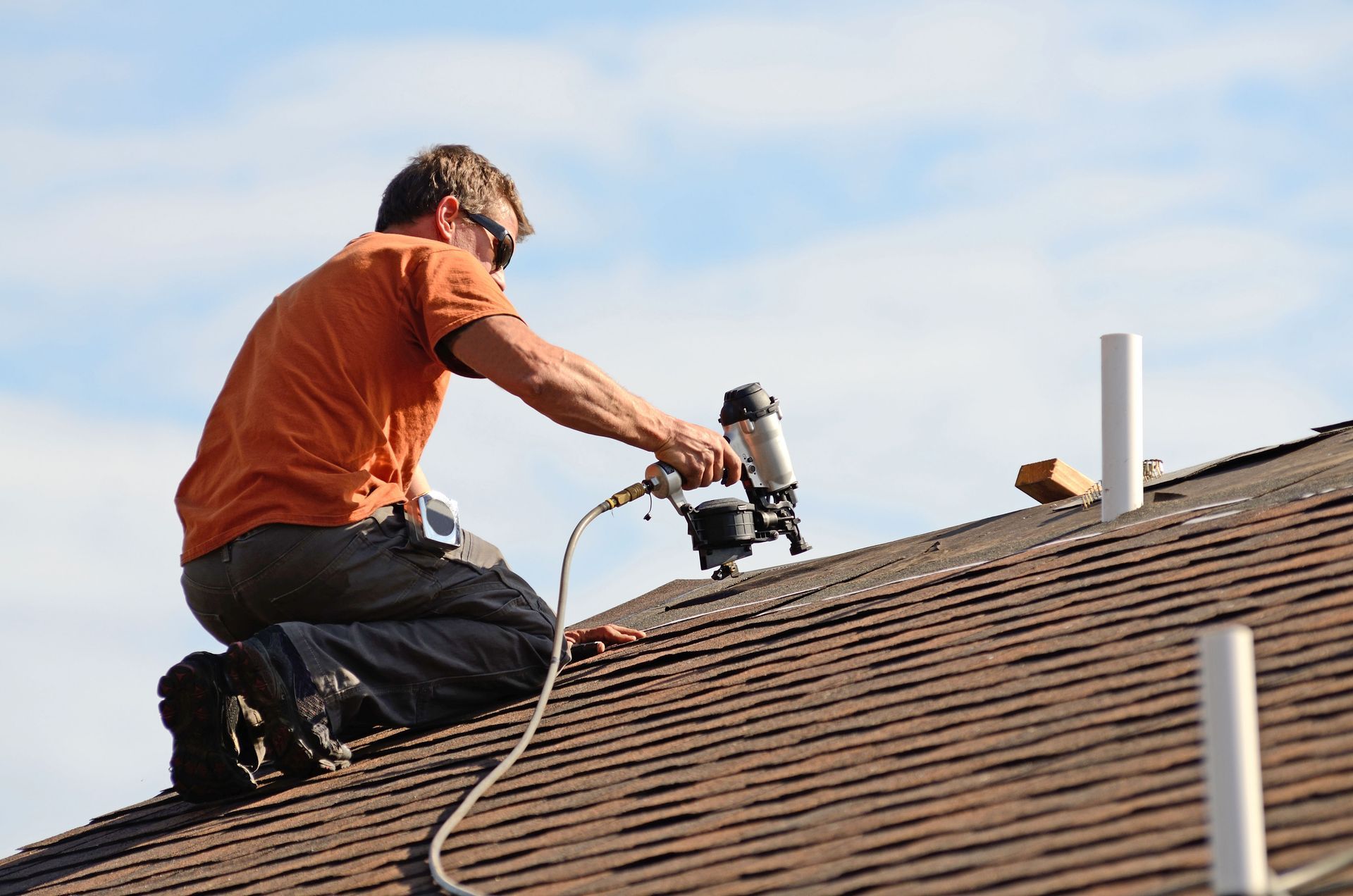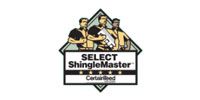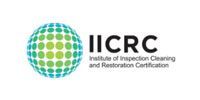September 30, 2025
Your roof is one of the most critical components of your home, protecting everything beneath it from the elements. Yet, it often goes unnoticed until problems arise because many homeowners assume a roof will last indefinitely. The truth is that all roofs have a lifespan, and small signs of damage can quickly escalate if ignored. Over time, even the most durable roofs experience wear and tear due to weather, age, and environmental factors. Knowing when to schedule a roof repair can save you from costly damage, protect your home’s structural integrity, and even boost its value. Consulting with a professional is always an advisable move when considering whether your property needs repairs or considerable replacements.
In this article, we will highlight the key signs indicating that it might be time to address roofing concerns before they escalate. By recognizing these red flags early, you can take the necessary steps to keep your home safe, comfortable, and energy-efficient.
1. Noticing Missing or Damaged Shingles
One of the clearest indicators that you may need a roof repair is the presence of missing or damaged shingles. Shingles serve as your roof’s first line of defense against wind, rain, and sun. When they crack, curl, or break, they leave the underlying layers vulnerable to leaks and water infiltration.
Storms, high winds, and falling branches frequently cause shingles to loosen or go missing entirely. Even minor damage can allow water to seep in, leading to mold growth, wood rot, and interior ceiling stains. Addressing shingle issues promptly prevents small problems from escalating into full-blown roofing emergencies.
2. Observing Water Stains on Ceilings or Walls
If you notice yellow or brown stains spreading across your ceilings or walls, it could signal a leak that requires immediate roof repair. Water infiltration often starts small but can quickly expand, damaging drywall, insulation, and even your home’s electrical systems.
Sometimes leaks are not directly above the stain itself. Water can travel along beams and rafters before finally appearing inside your home. This makes professional inspections essential to pinpoint the exact source and stop further damage before it spreads.
3. Seeing Daylight Through the Attic Roof
Another sign that your roof may need attention is visible daylight peeking through the boards in your attic. If sunlight can enter, so can rain, snow, and cold air—all of which compromise your home’s comfort and safety.
Inspect your attic during the day for any cracks, gaps, or pinholes of light. These small openings may indicate deteriorating shingles, underlayment issues, or even structural damage, all of which call for prompt roof repair to maintain energy efficiency and prevent costly water damage.
4. Finding Granules in the Gutters
Asphalt shingles naturally shed granules over time, but excessive accumulation in your gutters suggests that your roof is aging or deteriorating faster than expected. Granules help protect shingles from the sun’s harmful UV rays and provide fire resistance. When they wear off, shingles become brittle and prone to cracking.
Routine gutter cleaning is an opportunity to spot this warning sign early. If you consistently find large amounts of granules after storms or heavy rain, it might be time to consult a professional for roof repair or replacement options.
5. Spotting Sagging Areas on the Roof
A sagging roof often points to structural problems beneath the surface. Issues like water saturation, rotting decking, or weakened supports can cause sections of the roof to dip or bow inward.
This problem requires immediate attention because a sagging roof risks collapsing if ignored. Timely roof repair can reinforce the compromised areas, restore structural integrity, and protect your home’s occupants from potential hazards.
6. Experiencing Higher Energy Bills
An overlooked sign of roofing trouble is an unexplained rise in heating or cooling costs. Damaged roofs allow air to escape more easily, forcing your HVAC system to work harder to maintain comfortable indoor temperatures.
By scheduling a roof repair to seal leaks and improve insulation, you can reduce energy loss, lower utility bills, and extend the life of your HVAC equipment. In many cases, the cost of repairs pays for itself through long-term energy savings.
7. Dealing with Mold Growth
Green streaks, dark patches, or moss buildup on your roof might seem like cosmetic issues, but they often indicate trapped moisture. Over time, this excess moisture can deteriorate roofing materials and lead to leaks.
Professional cleaning followed by targeted roof repair prevents further damage while improving curb appeal. Left untreated, algae and moss growth can accelerate shingle decay and shorten your roof’s lifespan significantly.
8. Hearing Popping or Creaking Noises
Strange noises coming from your roof during windstorms or heavy rain could signal loose materials or structural shifting. While some movement is natural, frequent popping or creaking warrants a closer inspection.
These sounds often stem from compromised fasteners, damaged decking, or warped framing—all problems a qualified roofer can identify and resolve. Timely roof repair eliminates noise issues and prevents minor damage from escalating.
9. Learning the Roof’s Age
Roofs have a limited lifespan depending on materials and maintenance. Asphalt shingles typically last 20–25 years, while metal and tile roofs may last longer. If your roof is nearing or has surpassed its expected life, proactive roof repair or replacement becomes increasingly important.
According to Gitnux, the percentage of homes in the U.S. with aged or damaged roofs is approximately 35%. This statistic underscores the importance of routine inspections to ensure aging roofs receive the care they need before serious problems arise.
10. Seeing Interior Mold or Mildew Growth
Interior mold growth on ceilings or walls often traces back to roof leaks, allowing moisture inside. Mold spreads quickly, compromising indoor air quality and creating health risks for your family.
Professional roof repair stops water intrusion at the source, followed by interior remediation to restore a healthy living environment. Acting quickly minimizes both structural damage and potential medical concerns related to prolonged mold exposure.
11. Finding Loose Flashing Around Chimneys or Vents
Flashing seals the joints where chimneys, skylights, and vent pipes meet the roof. Over time, flashing can rust, loosen, or crack, creating entry points for water.
Even small gaps around flashing require fast action because leaks often originate in these vulnerable areas. A thorough roof repair includes resealing or replacing flashing to prevent further water intrusion and protect surrounding materials.
12. Experiencing Interior Drafts or Temperature Changes
If certain rooms in your home feel noticeably colder in winter or hotter in summer, your roof might be part of the problem. Gaps in roofing materials, damaged insulation, or small leaks can allow outside air to infiltrate your living space. Professional roof repair can seal these openings, helping maintain consistent temperatures, improve energy efficiency, and keep your home comfortable year-round.
Your roof plays a vital role in keeping your home safe, comfortable, and energy-efficient. From missing shingles and leaks to sagging structures and mold growth, the signs covered in this article highlight when it might be time for professional roof repair. Acting quickly prevents costly damage, preserves your home’s value, and gives you peace of mind knowing your family is protected. Don’t wait until minor issues become major headaches—contact JC Construction Service, LLC today to schedule an inspection and start safeguarding your home with expert roofing solutions.
